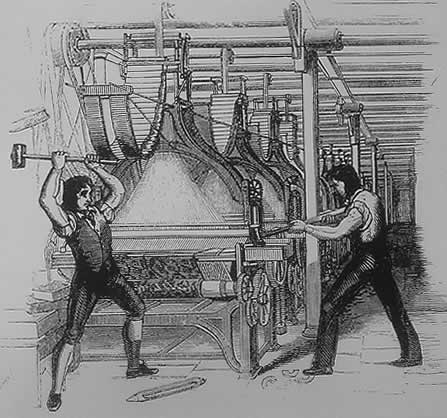Scholarly Performance
|
On Violence Against Objects is an exploration of the idea of conceptual art as a form of historical representation. John Lewis Gaddis (2002) has written that historians frequently manipulate time and space when they write their histories:
Indeed, the very act of comparative history involves juxtaposing cultures and events separated in time and space. This webtext is no different, only rather than through writing, I seek to visually explore these juxtapositions of cultures and events. To Gaddis's list above, I would add “historian as conceptual artist.” The theme of this webtext is a visual comparative history of the act of violence against objects. Such acts include the physical destruction of the Berlin Wall in 1989, the toppling of the statue of Saddam Hussein in 2003, American auto workers smashing imported Japanese automobiles in 1981, and so on. The objects that are the focus of this webtext are metonymic objects, (the statue, the Wall, the automobile): objects that stand for larger concepts and ideas. Iconoclasm is the name we usually give to the act of destroying religious images and symbols, but in this webtext, I have extended the concept to include the destruction of any image or object because of its symbolism, religious or otherwise. Luddism is the name we usually give to the act of violence against technology, but when the original Luddites smashed mechanical looms, they were destroying what the object represented (the end of their livelihoods), not only the device itself. The argument of this webtext is that those two acts of principled vandalism—iconoclasm and Luddism—are structurally homologous, drawing from the same impulse. All of the events represented by these images—despite their apparent differences—should be viewed as historically analogous. It must be said that historians rarely think in images and certainly do not compose art installations or conceptual art pieces. On Violence Against Objects was designed as an intervention into the traditional rhetorical space of academic history—the paper read at a conference, the written article, the alphabetic monograph, the book. On Violence Against Objects is intended to draw attention to our narrow definitions of scholarly performance in the field of history (but that field is tied to other humanistic fields through the related ways academics have traditionally performed their scholarship). Historians are not accustomed to thinking about conceptual art installations as scholarly performances. Therefore, the publication of this webtext itself is intended to be an iconoclastic act— conceptual art as historical representation—and a challenge to the belief that academic History must be written history. |
|
 |
|